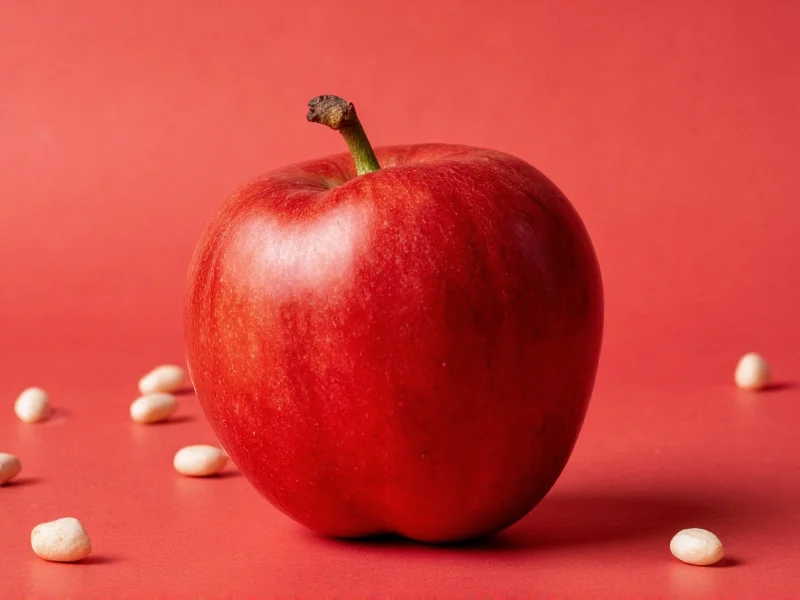When searching for ‘sweety pepp,’ most users are actually looking for information about either sweet peas—the beloved climbing flowers known for their delightful fragrance—or sweet peppers, the colorful bell-shaped vegetables commonly found in grocery stores. This confusion arises from similar-sounding names and frequent misspellings in online searches.
Understanding the Sweet Pea (Lathyrus odoratus)
Sweet peas are flowering plants in the legume family (Fabaceae), prized for their vibrant colors and intoxicating fragrance. Unlike their edible pea relatives, sweet peas are strictly ornamental—their seeds and pods contain lathyrogens that can be toxic if consumed.
Gardeners love sweet peas for their:
- Range of colors from pastel pinks and purples to deep crimsons
- Strong, pleasant fragrance that fills gardens in spring
- Vining growth habit perfect for trellises and fences
- Relative ease of growing from seed
These cool-season annuals thrive in USDA hardiness zones 2-11 when planted in early spring or fall. They prefer full sun to partial shade and well-draining soil with moderate fertility. For best results when growing sweet peas, provide support structures early as they establish their climbing tendrils.
Sweet Peppers (Bell Peppers) Explained
Sweet peppers, commonly called bell peppers, belong to the nightshade family (Solanaceae) alongside tomatoes and eggplants. Unlike hot chili peppers, bell peppers contain zero capsaicin, making them completely mild in flavor.
| Pepper Color | Flavor Profile | Nutritional Highlights |
|---|---|---|
| Green | Grassy, slightly bitter | Good vitamin C, harvested early |
| Red | Sweetest, fully mature | Highest vitamin C and A content |
| Yellow/Orange | Balanced sweetness | Rich in carotenoids |
Bell peppers develop different colors as they mature on the plant. Green peppers are simply unripe versions that will eventually turn red, yellow, or orange if left on the vine. The color transformation significantly impacts both flavor and nutritional content, with red peppers containing nearly 11 times more beta-carotene than green varieties.
Key Differences Between Sweet Peas and Sweet Peppers
Despite the similar-sounding names, these plants have virtually nothing in common:
- Botanical classification: Sweet peas (Fabaceae) vs. sweet peppers (Solanaceae)
- Edibility: Sweet peas are toxic if consumed; sweet peppers are completely edible
- Growth habit: Sweet peas are climbing vines; sweet peppers grow as compact bushes
- Flowers: Sweet peas produce showy, fragrant blooms; sweet peppers have small, white, inconspicuous flowers
- Cultivation season: Sweet peas prefer cool weather; sweet peppers require warm temperatures
Why the ‘Sweety Pepp’ Confusion Happens
The misspelling ‘sweety pepp’ typically occurs through several common linguistic patterns:
- Phonetic spelling errors where ‘ie’ replaces ‘y’ (‘sweety’ vs ‘sweetie’)
- Truncation of longer words (‘pepp’ for ‘pepper’)
- Autocorrect errors that create non-standard combinations
- Non-native English speakers approximating pronunciation
Search engines have become quite adept at recognizing these common misspellings and will often automatically correct ‘sweety pepp’ to the appropriate term based on search context and user location. However, understanding the distinction helps when researching gardening techniques or culinary applications.
Practical Tips for Gardeners and Cooks
Whether you’re interested in growing sweet peas or cultivating sweet peppers, these practical tips will help:
- For sweet pea growers: Soak seeds overnight before planting to improve germination rates
- Sweet pepper plants benefit from consistent moisture and warm soil temperatures above 70°F
- Never consume sweet pea seeds—they contain compounds that can cause lathyrism
- Store harvested bell peppers in the crisper drawer of your refrigerator for maximum freshness
- Cut sweet peas for bouquets in the morning when stems are most hydrated
Common Misspellings and How to Remember the Correct Terms
To avoid future confusion with these similarly named plants:
- Remember ‘pea’ has just one ‘p’ while ‘pepper’ has two
- Associate ‘sweet pea’ with ‘spring’ (both start with ‘s’)
- Think ‘pepper’ has ‘per’ in it, like ‘perfect’ for cooking
- Use the mnemonic: ‘Peas for pleasing perfumes, Peppers for palatable plates’
Frequently Asked Questions
Is sweety pepp a real plant species?
No, 'sweety pepp' is not a recognized plant species. It's almost always a misspelling of either 'sweet pea' (a flowering plant) or 'sweet pepper' (bell peppers). These are two completely different plants from separate botanical families.
Can you eat sweet peas like regular peas?
No, sweet peas (Lathyrus odoratus) are strictly ornamental and their seeds contain lathyrogens that can be toxic if consumed. They should never be eaten. This is a common point of confusion with edible garden peas (Pisum sativum).
Why do green bell peppers taste different than red ones?
Green bell peppers are simply unripe versions that will eventually turn red, yellow, or orange. The color change represents full ripeness, which develops sweeter flavors and significantly higher nutrient content, particularly beta-carotene and vitamin C.
How can I tell if my search results are about sweet peas or sweet peppers?
Check for these clues: Sweet pea results will mention 'fragrance,' 'climbing vines,' or 'Lathyrus.' Sweet pepper results will reference 'Capsicum,' 'bell peppers,' or culinary uses. Images will show either flowering vines (sweet peas) or bushy plants with colorful fruit (sweet peppers).
What's the easiest way to remember the spelling difference between pea and pepper?
Remember that 'pea' has just one 'p' while 'pepper' has two. Think of the extra 'p' in 'pepper' standing for 'perfect' in cooking, or use the phrase: 'Peas for pleasing perfumes, Peppers for palatable plates.'











 浙公网安备
33010002000092号
浙公网安备
33010002000092号 浙B2-20120091-4
浙B2-20120091-4